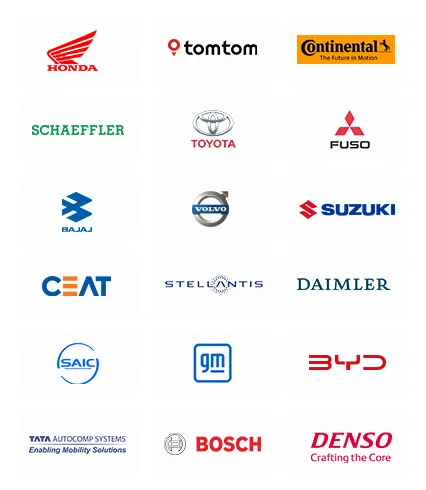Automotive Electronic Control Unit Market Analysis
The automotive electronic control unit market generated revenue of USD 105.1 billion in 2023, which is expected to witness a CAGR of 6.0% during 2024–2030, to reach USD 157.3 billion by 2030. The ECU controls the engine and other operations like the brain does for people. It controls fuel injection, injection timing, idling speed, and pollution levels. It also monitors turbo charge operations, gearbox behavior, and valve variable timing.
Modern variants also have diagnostic features, which enable them to detect and report engine or system defects, ensuring that vehicles run smoothly and efficiently. To guarantee that the internal combustion engine and other systems function properly, it manages various actuators. In this capacity, it is also known as the automotive component management system. Engine speed, coolant temperature, and exhaust levels of oxygen are all regulated by it.
Technological improvements in various vehicle systems are the primary drivers of the market. In developed markets, the increasing consumer demand for driving ease and safety is pushing the market forward. Navigation and infotainment systems are becoming popular, with most automobiles being equipped with them. Their linkage and functioning require central control unit connectors. Mercedes-Benz upgraded all of its E-class sedans in 2017, which included plug-in hybrid variants, with a newly built central power terrain controller. The design functions as a gateway between the power terrain’s numerous control units and controls the equipment. The system is essentially designed to satisfy the need for electric and connected powertrains.
Amidst the growing global efforts to decrease carbon emissions, the demand for semiconductors for vehicle components is rising quickly, especially with the increasing adoption of electric vehicles. Important parts of power cards, IGBTs serve as efficient power switches in inverters, switching AC and DC currents to run and control the traction motors.
One of the main factors predicted to limit the market’s expansion over the forecast period is the growing innovation and complexity of control units. The complexity of ECU software increases with the number of functions for which it contains code. A complicated network structure and connectivity challenges with the ECU brought on by the increasing number of these systems are the main causes of technical issues in vehicles.




